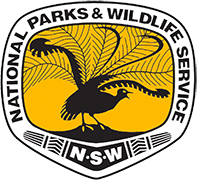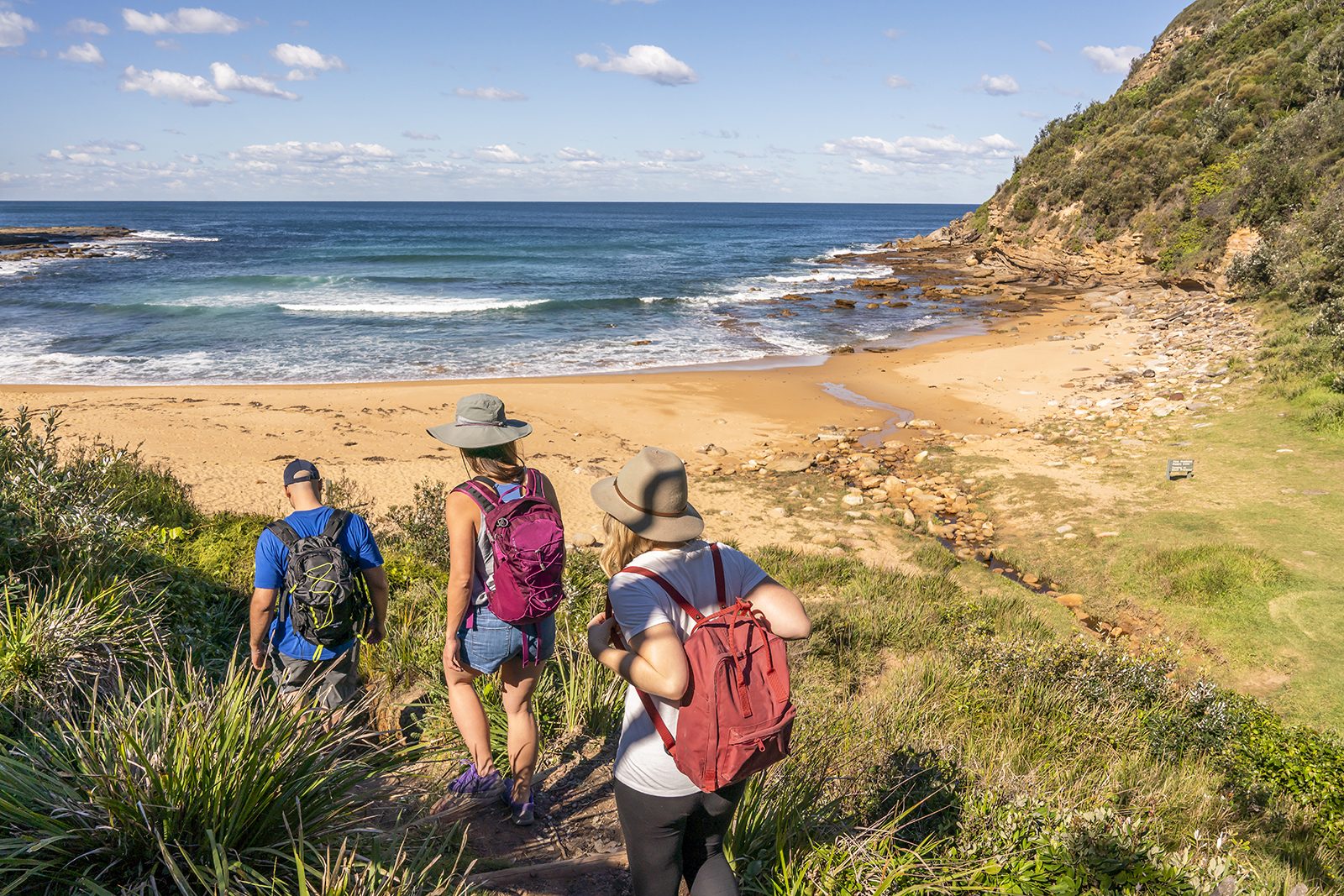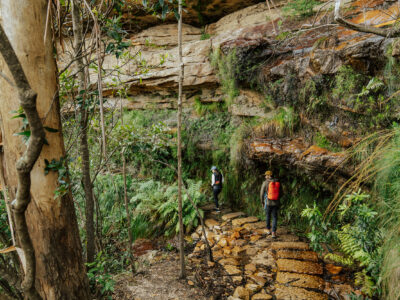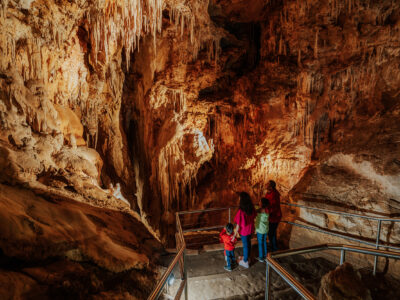You’re all sorted for an overnight or multi-day hike: route planned, and weather checked. But have you thought about helping out mother nature as you enjoy all her beauty? The first step is staying on track to minimise damage to precious ecosystems. But what about the gear and food you bring and the waste you create along the way?
Here are five tips for leaving the environment even better than you found it. Plus some tips on where to hike and camp.
-
1/6
Invest in good quality gear
Photo InformationCheap tents just aren’t worth it. They might seem like a bargain, but as the poles likely snap, and the zippers snag on night one, they are destined for the trash. Good quality gear lasts years, saving you money in the long run and better yet, the world more landfill.
Look for brands that are known for quality such as Wilderness Equipment, Sea-to-Summit and Mont, which are all Australian-owned and operated. Consider renting and sharing items you don’t use often and investigate share libraries in your area (like the awesome Toolo in the Blue Mountains).
Ranger tip: Book ahead so you don’t miss out! ALL camping in NSW national parks requires a booking. Be prepared for your trip and read these camping safety tips.
-
2/6
Cut down the waste you create in the first place.
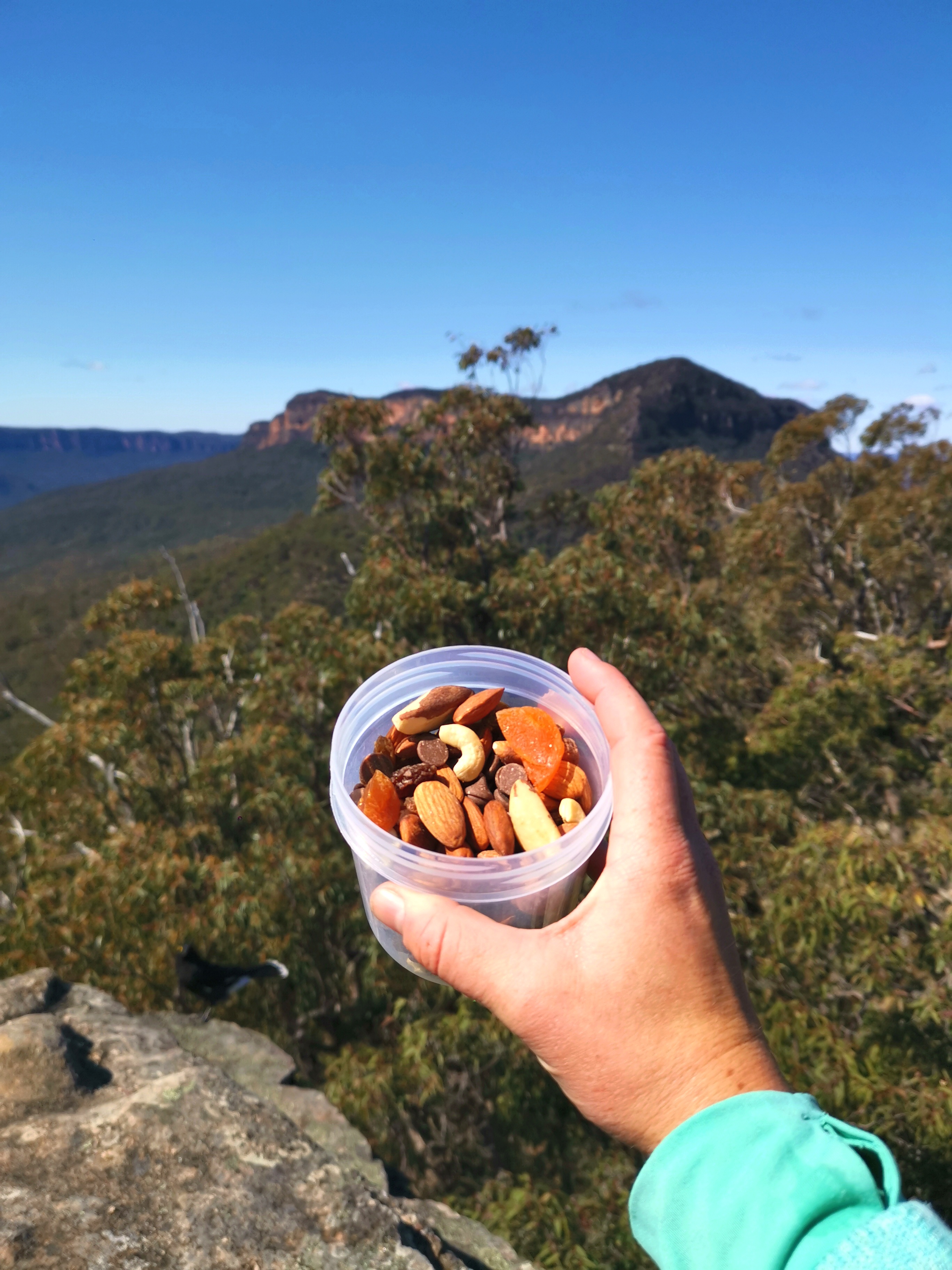 Photo Information
Photo InformationMake you own trail mix. Not only #trending but doing your part.
Blue Mountains National Park
Sara Freeland
Is it even a hike if you didn’t post a flat lay photo of your adventure gear? If you peer more closely at these popular pics, you’ll likely see lots of single-use plastic and disposable items. Here are some simple ways to minimise your waste before you even step on the track:
- Make your own trail mix from ingredients bought at a bulk food store and carry them in a reusable container.
- Avoid dehydrated pre-packaged meals covered in disposable wrappers. Trail-recipe websites have heaps of inspiration for creating waste-free trail foods.
- Use a reusable dry bag rather than plastic zip-lock bags to keep things organised and dry. Beeswax wraps are also great for keeping food fresh.
- Buy a water bladder. They hold more water than plastic bottles and are easier to trek with. Quality water bladders cost as little as $30, and you’ll never look back.
-
3/6
Minimise the campfire
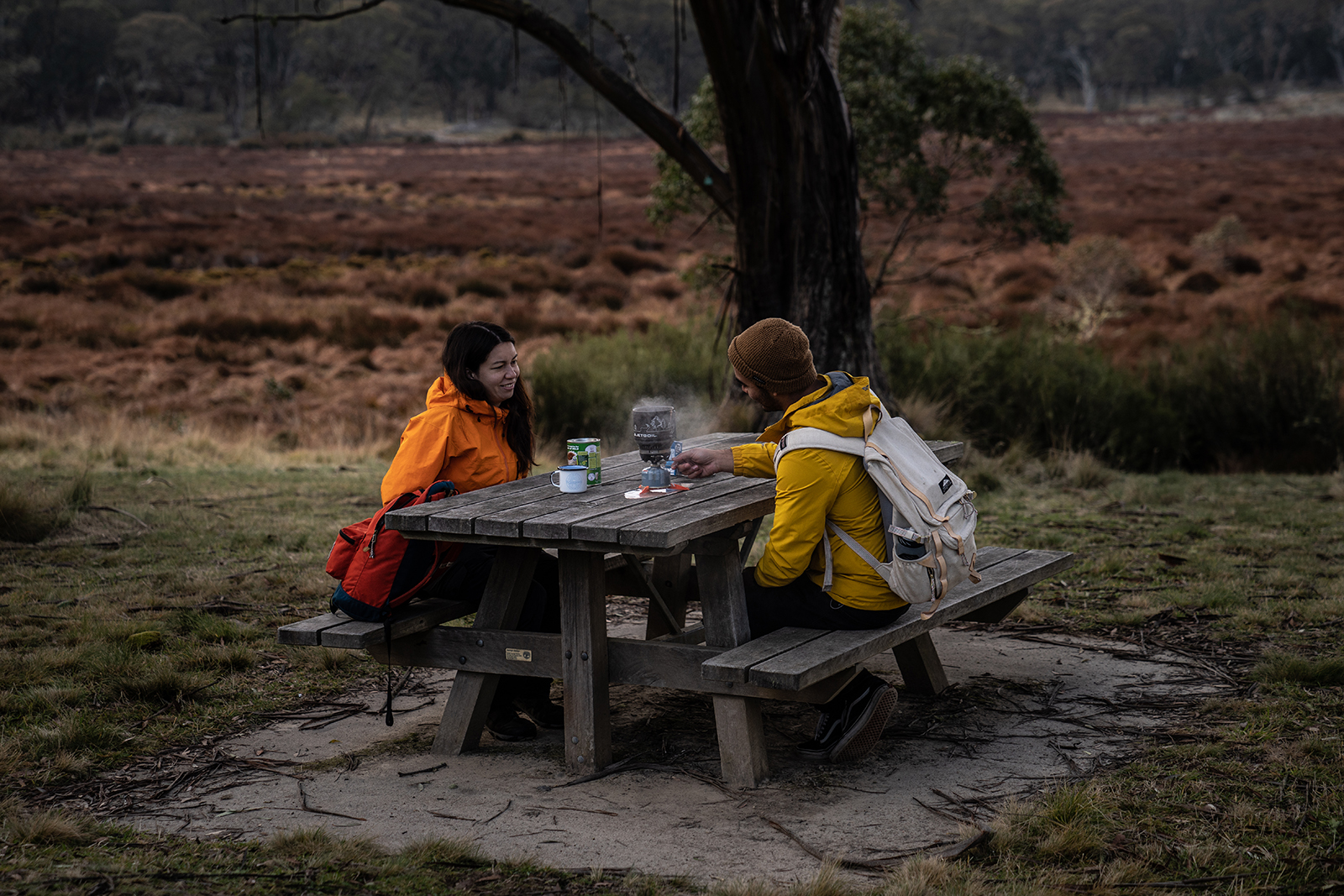 Photo Information
Photo InformationYou won’t miss out if you come prepared.
Barrington Tops National Park
Rob Mulally/DPIE
Campfires sure do create a mood. And who doesn’t love a toasted marshmallow? But try to avoid relying on campfires every night to cook your food. Not all national parks allow fires or have dedicated fire pits (the only safe way to campfire), and this changes often with bushfire alerts. Instead, use a portable gas stove. Planet Ark’s Recycle Near You recommends gas cylinders as they may be accepted in household chemical collections in your area.
It’s important when planning a visit to NSW national parks and reserves to stay updated, check for closures, alerts and fire bans before heading out. We recommend avoiding remote areas during the bushfire season and stay up to date with the fire situation by using the Fires Near Me app.
-
4/6
Dispose of your waste responsibly
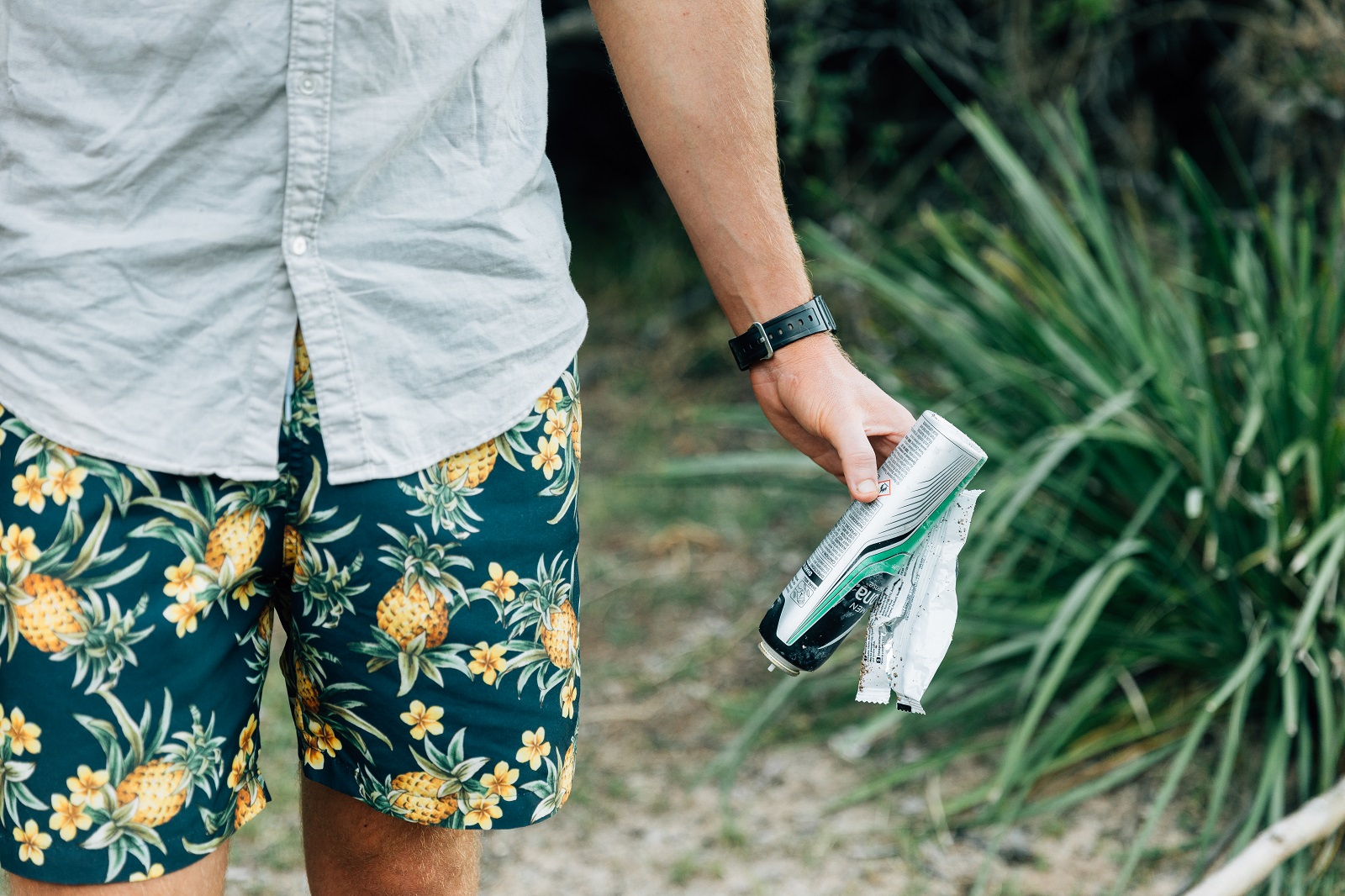 Photo Information
Photo InformationTake your rubbish with you. #Dontbeatosser
Murramarang National Park
Melissa Findley/DPIE (2018)
It’s almost impossible to eliminate ALL rubbish, so how can you dispose of the trash you need to? Let’s break it down:
- Packaging waste: Sort as you go, keeping separate recyclables, soft plastics, and then everything else. This might sound complicated, but arriving home after the hike will be a dream. Tip one bag into the recycling bin, one into the trash and take soft plastics to your nearest RedCycle collection. Then pat yourself on the back and hop in that shower!
- Food waste: Carry out your scraps in a bio-bag to pop in your home compost bin, worm farm or local share waste collective. Never put your food scraps in national park toilets or bury them. Oh, and that apple core you’re planning on tossing into the bush because ‘it’s natural and breaks down’, does not belong there.
- Human waste: Poop in the bush is always a cringey topic but rapidly becomes a focal (or should I say faecal) point of conversation by day two of a hike. You might already be following the advice to bury your waste in a 15cm hole, which is great – but you can carry out your poop too! Buy or even DIY a handy little poop tube. I won’t go into too much detail, just google it to become an eco-legend.
-
5/6
Don’t just minimise your impact, create a positive change
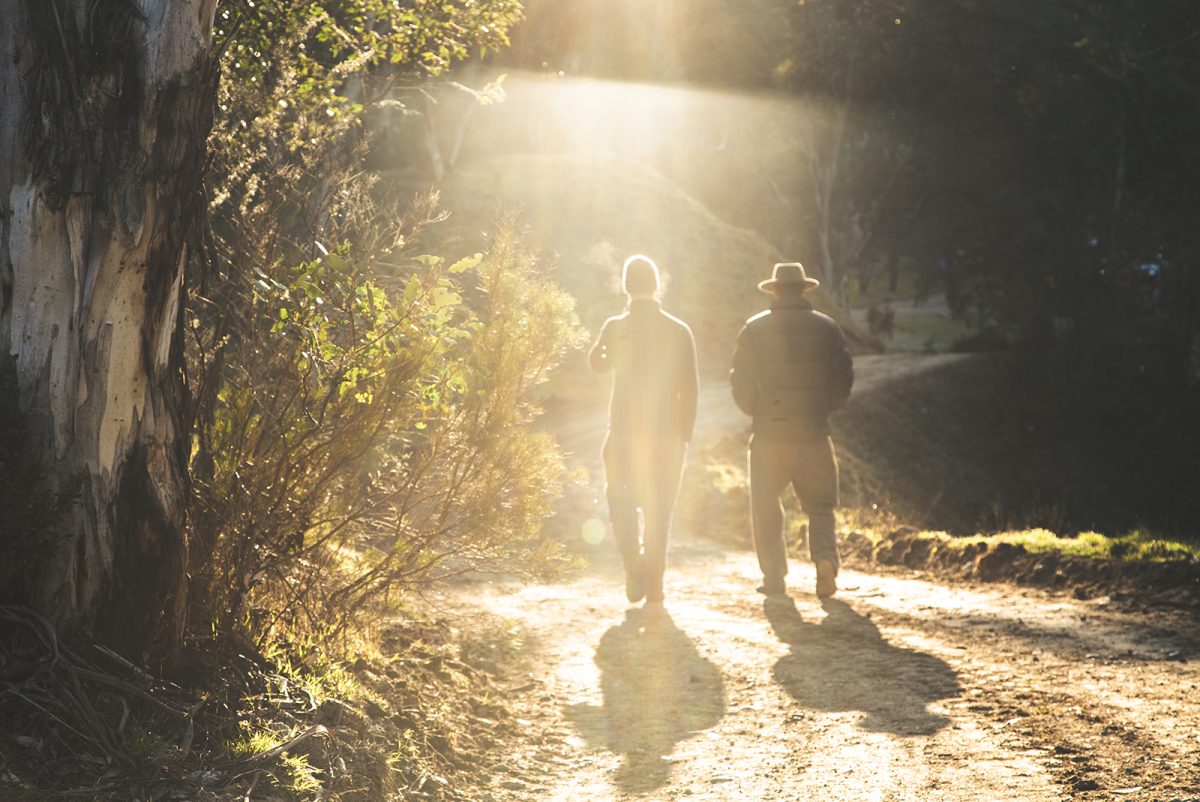 Photo Information
Photo InformationKosciuszko National Park
Daniel Parsons/DPIE
Next time you’re in nature, use it as an opportunity to give back and lead by example. You know that saying “Take only photographs, leave only footprints”? It’s recently had a little make-over and now goes something like this: “Take only photographs and any rubbish, leave only footprints”. You didn’t put it there, but considering they’re not coming back you might as well pick it up.
Eco-friendly and green projects are also super hot right now. Engage new followers on your socials by sharing your adventures through an eco-friendly lens. Become involved in the sustainable hiking movement and the Hike It Out campaign.
Want to truly make a difference? Support a special project funded by the Foundation for National Parks and Wildlife. Hiking is a pretty cheap experience, so consider the money you’ve saved and direct it towards a positive cause to help protect these incredible places for generations to come.
-
6/6
Need some help choosing your next multi-day hiking adventure?
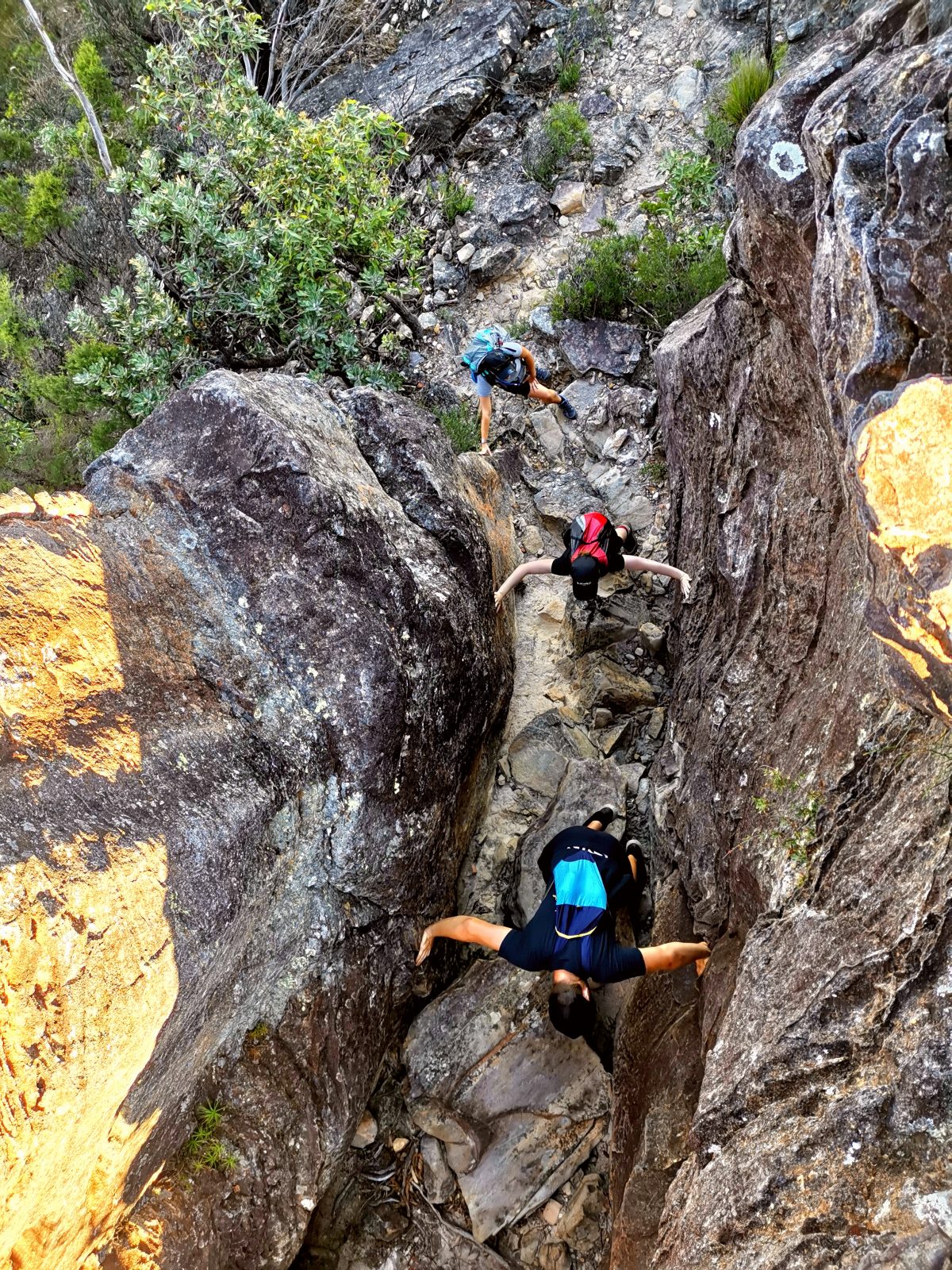 Photo Information
Photo InformationMount Solitary walking track
Blue Mountains National Park
Sara Freeland
Sydney is surrounded by some of the best National Parks in Australia. There’s a multi-day adventure for everyone, including:
Moderate – 2 days
Bouddi Coastal Walk in Bouddi National Park, 7.5km (one-way) is a fantastic intro-level walk with beaches, coastal bushland and fascinating history. It’s best done in the warmer months when you can cool off with a coastal swim at the end of the day. Set up at Putty Beach Campground to make it a multi-day adventure. Spend a few days exploring the area and leave your heavy pack behind, or better still practise with your pack to get yourself ready for these challenging multi-day hikes.
Challenging – 3 days | 33kms
Not for the faint-hearted the New England wilderness walk is a challenging one-way hike with a descent of at least 1000m, travels through the lush Gondwana Rainforest of New England National Park, and finishes on the peaceful banks of the Bellinger River. It can be completed in two days, but it’s recommended that you make it three – your quads will thank you later. Be prepared to get wet, and have drybags for your gear as there are creek and river crossings.
Pro tip: start this hike early and check the weather, this is one you’ll want to avoid during or after heavy rainfall, due to high river levels.
Hard – 4-5 days | 65km
The Green Gully track in Oxley Wild Rivers National Park is an epic circuit through the wilderness. If you’re an experienced hiker looking for a serious adventure, then do some planning as this Grade 5 adventure will be sure to test your mental and physical abilities. Don’t do it alone though! ‘Cause you know safety in numbers (and experience); go with an expert tour operator who knows all the ‘ins and outs’ of this isolated track and does all the planning for you.
Ranger tip: our national parks are natural, unpredictable environments, so don’t be caught out in the bush, and remember to Think Before You TREK, read our #NSWParks safety tips, and be prepared for all weather conditions.
Lastly, but perhaps most importantly, did you know that in some national parks, you can hire a free PLB for your adventure? Even if they’re not available where you’re going, you can still fill out a trip intention form. It’ll only take you a few minutes, but could save your life!
